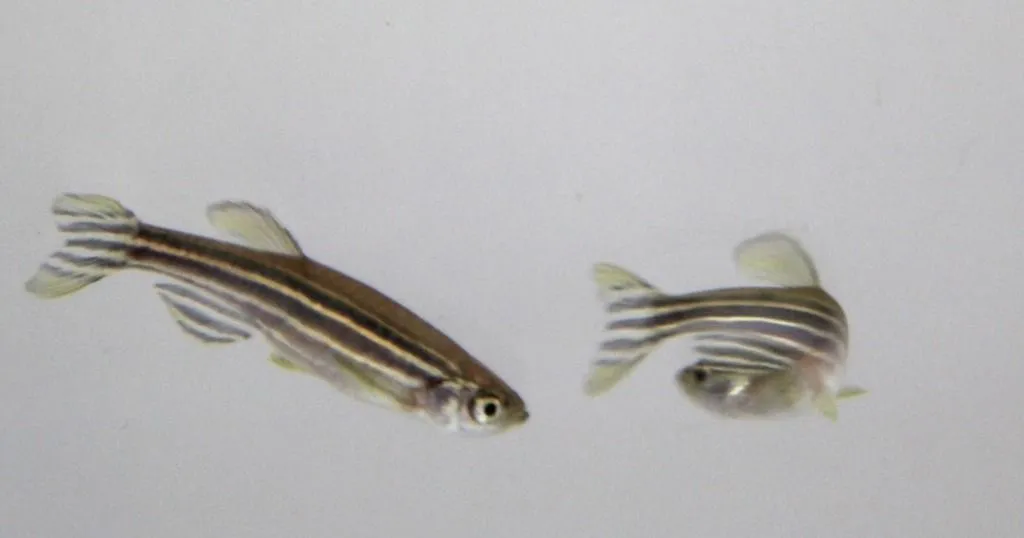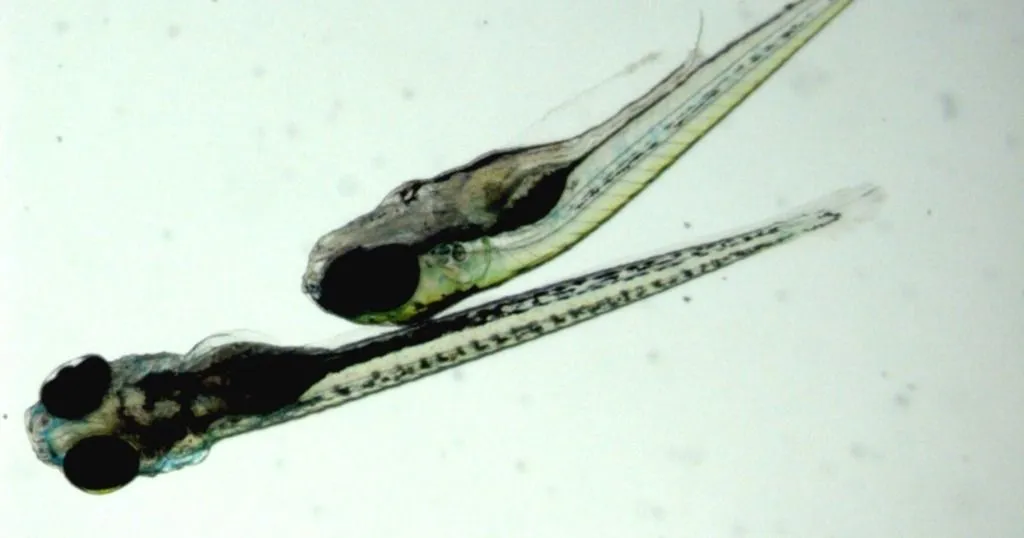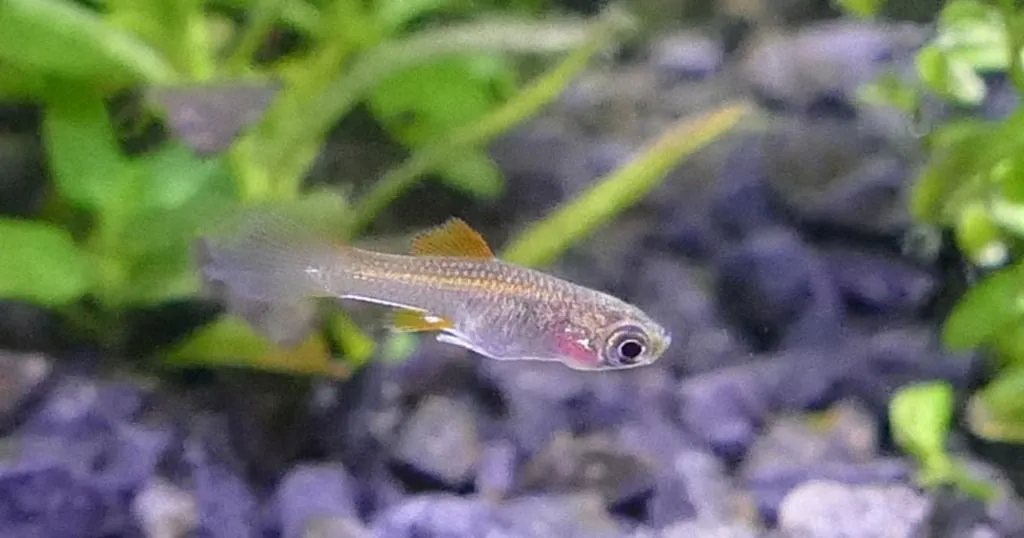Behavioral Research Blog

23 Sep
animal behavior research
Zebrafish Research
How zebrafish and optogenetics are great for investigating stress
By this point, we do not need to tell you how popular zebrafish are. We also probably do not need to point out the great technological advances that are being made in research because of the use of optogenetics.

19 Sep
animal behavior research
Gait and Locomotion
Using CatWalk gait analysis to study monoarthritis in mice
Researchers are always looking for new ways to alleviate symptoms of arthritis. The CatWalk XT has been shown to be very useful in research involving arthritis in rodent models.

16 Sep
animal behavior research
Zebrafish Research
The effects of quantum dots on zebrafish larvae locomotor behavior
Ever heard of quantum dots? These dots are nanoparticles made of a semiconductor material, which have unique optical properties, making them of great interest for fields such as biological imaging, medical diagnostics.

12 Sep
human behavior research
Psychology
A-bad-influence: Parent substance use disorder and child outcomes
Like parent, like child. Children become who they are with the influence of all of their past experiences and often, the parents are a large part of that influence.
10 Sep
animal behavior research
Other (Animal)
Tracking a wide variety of animals
Video tracking is used to track a widevariety of animal species in even more different test arenas. From insects of 1 mm on leaf discs, to monkeys in a cage, or zebra fish in an aquarium.

04 Sep
animal behavior research
Other (Animal)
To mate or not to mate? Females are less choosy when males are rare
Having a choice for a mating partner is extremely important for females, so they can be critical in choosing which male to mate with.

30 Aug
human behavior research
Psychology
Vocalizations as an early life behavioral marker for ASD
One of the prominent features of autism spectrum disorder (ASD) is impaired communication. However, most diagnoses of ASD happen after the child is more than 3 years old.

20 Aug
animal behavior research
Zebrafish Research
Zebrafish research: behavioral differences between wild-type strains
Often in animal research, animals with a certain genetic alteration are compared to a “wild-type”. One might assume that there is no differences between wild-types, but many different strains of wild-type animals are used.

13 Aug
human behavior research
Psychology
Classroom observations - behavior of children with and without ADHD
The relationship between reaction time variability and observed attention in children with and without ADHD.

12 Aug
animal behavior research
Other (Animal)
Caterpillars speed up seed production in plants
Did you know that plants are not as passive as they appear to be at first sight? Although plants cannot run away when they are attacked by plant eating insects, they have several sophisticated ways to defend themselves.